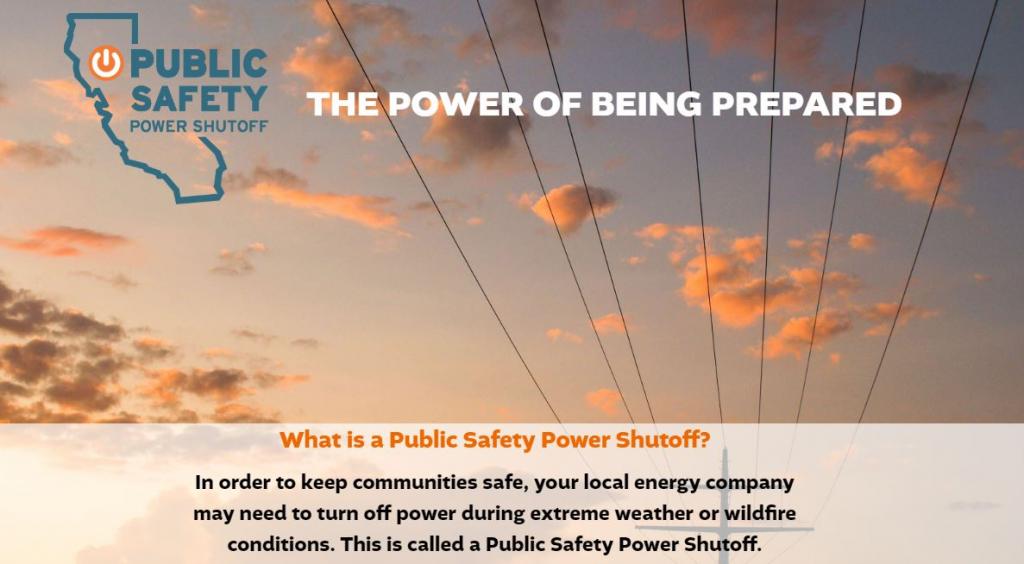How do I… cope in the first 72 hours?
For general information on how to prepare for the first 72 hours of an emergency, go to:
- SF72.org - provided by the San Francisco Department of Emergency Management (SFDEM)
- Ready.gov - produced by FEMA
Emergency supplies and basic information
After a major incident such as an earthquake, emergency resources may be seriously limited. It's recommended we be prepared to care for ourselves, and each other, for the first 72 hours.
Emergency supplies
Emergency supplies to keep on hand include the following:
- Drinking water plus enough water for hygiene purposes (e.g., handwashing)
- Snack foods such as energy bars, dried fruit, nuts and other energy snacks
- Canned and packaged foods that do not require heating such as fruit, juice, tuna, chicken, and jerky.
- Canned/packaged foods should be water-packed and low-salt whenever possible.
- Eating utensils, can opener
- Blanket, pillows (good to have: a space blanket and inflatable travel pillow)
- First aid supplies
- Headlamps (with batteries; these let you keep your hands free as an alternative to flashlights) or light sticks
- AM/FM radio with batteries
- Cell phone with extra battery and out-of-town contact phone numbers
- Daily medications and extra eyeglasses or extra contacts lenses and supplies
- Medical devices or aids
- Change of clothes, walking shoes (or tennis shoes) with socks, warm jacket, rain poncho
- Safety pins, whistle, pocketknife, toothpaste and toothbrush, hand sanitizers, towel, washcloth, sunscreen
- Books, playing cards, and other pastimes
- Childcare needs (clothing, water, food, blankets, medication, and the like).
- Pet care needs
How to communicate in a disaster
After a disaster, letting your family and friends know that you’re all right can bring them great peace of mind.
- Let others know your status and location at the Red Cross
- UCSF PD Emergency Communications Team
- WarnMe, UCSF’s enterprise-wide alert and warning service, can be invaluable in an emergency by:
- Notifying you of an imminent threat to your life or safety
- Delivering information on disaster aid locations
- Enabling you to report your status
For detailed information on WarnMe services and usage.
Power outages
Visit Public Safety Power Shut Off for information on how to prepare and what to expect when your electricity goes out. For power outages at UCSF, please refer to your department’s emergency plan. for information on how to prepare and what to expect when your electricity goes out.

Wildfire evacuations
- Find information at Cal FireCal Fire
- More information on how to prepare for wildfire evacuations and what to expect wildfire evacuations and what to expect
Earthquake preparedness

In the San Francisco Bay Area, we live with the threat of earthquakes every day. While we can’t prevent an earthquake, we can PREPARE, SURVIVE, and RECOVER by taking seven-preparedness steps to limit its effects:
Prepare
1. Secure your space: Secure your space by identifying hazards and securing moveable items.
2. Plan to be safe: Plan to be safe by creating a disaster plan and deciding how you will communicate in an emergency.
3. Organize disaster supplies: Organize disaster supplies in convenient locations.
4. Minimize financial hardships: Minimize financial hardship by organizing important documents, strengthening your property, and considering insurance. Create and maintain your business continuity plan for your workplace.
Survive
5. Drop, cover, and hold on: Drop, cover, and hold on when the earth shakes and prepare for after-shocks.
6. Improve safety: Improve safety after earthquakes by evacuating, if necessary, helping the injured, and preventing further damage.
Recover
7. Reconnect and restore: Restore daily life by reconnecting with others, repairing damage, and rebuilding community.
- Notify the UCSF Department of Environmental Health & Safety of any potential hazards in your campus work areas: (415) 476-1300.
- Always be aware of your surroundings and the earthquake hazards they may present.
You can also find valuable information about coping with earthquakes at Seven Steps to Earthquake SafetySeven Steps to Earthquake Safety.
Manage your department’s preparedness responsibilities
UCSF departments are responsible for maintaining their own emergency equipment and supplies as described in the UCSF Emergency Preparedness and Response Program Guidelines
- Put together an emergency kit for your department using the Emergency Preparedness Kit
- You can also download the Work Site Emergency Supply EstimatorWork Site Emergency Supply Estimator.
Workplace emergency preparedness
The keys to surviving any disaster are preparedness and planning.
At your workplace:
- Volunteer for emergency training and assignments.
- Participate in all fire and evacuation drills.
- Follow instructions of emergency personnel and public safety officials during an emergency.
- Be familiar with the locations of fire alarm pull stations, fire extinguishers and emergency exit routes in your work and study areas.
- Contact your department emergency coordinator and read your department’s Emergency Action Plan.
- Become familiar with the emergency response procedures.
- Download UCSF SAFE App, available in iOS and Android.
